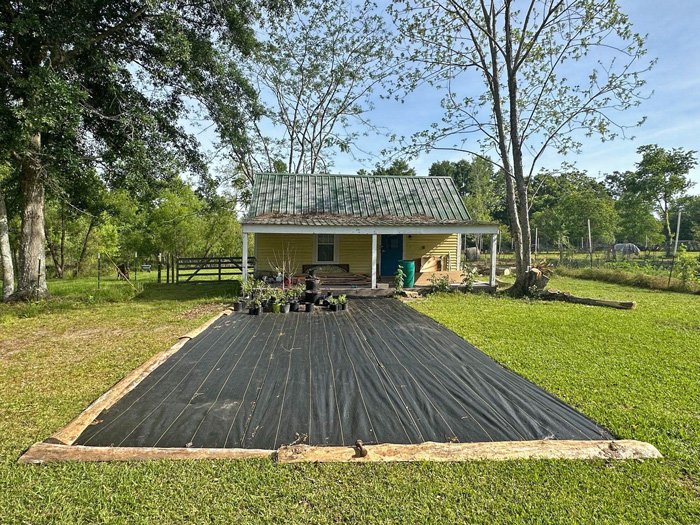Yesterday we were granted our nursery license, meaning that we have been inspected and are now clear to propagate and sell plants in the great state of Alabama.
The name of the nursery is Alabama Food Forests, which will carry many of the same plants we used to stock in my Florida Food Forests nursery.
Currently, we are growing:
“Robert Young” bamboo
Goji berry
Elderberry
Tropical milkweed
Stevia
Black walnut
Malanga
Rosa rugosa (rose hip) rose
Musa basjoo
…and we are working on many more species.
We are not selling from our place; instead, we’ll be selling at various locations in Lower Alabama – to be announced.
Stay tuned.

